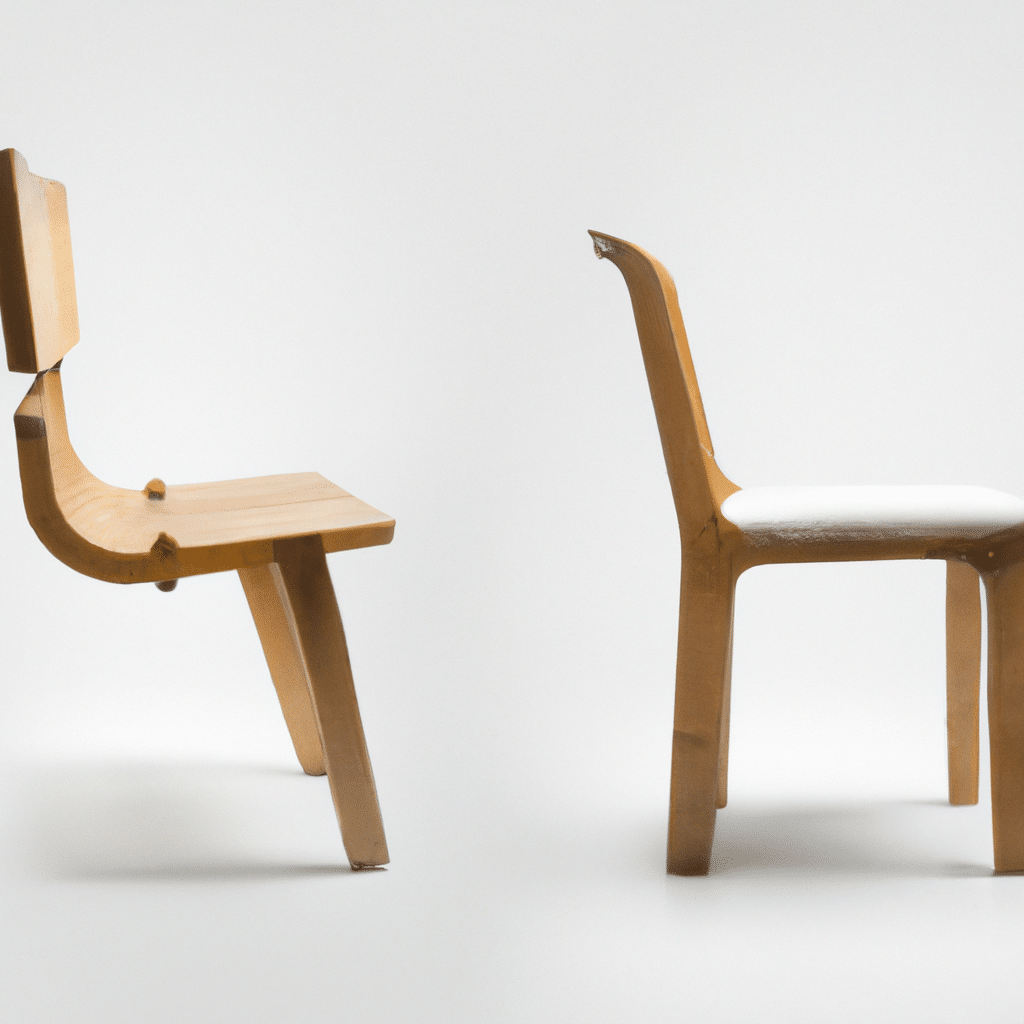Welcome to our guide on transforming ordinary furniture into extraordinary pieces using unconventional wood species. Are you tired of the same old furniture designs and looking for a way to add a unique touch to your living spaces? Look no further! In this comprehensive article, we will explore the world of unconventional wood species, their distinctive qualities, and how they can elevate your furniture to new heights. Join us as we delve into the fascinating realm of woodworking and discover the endless possibilities that await!

Why Choose Unconventional Wood Species?
When it comes to furniture, most people opt for traditional wood species such as oak, maple, or walnut. While these woods have their own merits, there is a whole world of lesser-known species that can add a fresh and captivating appeal to your furniture. Unconventional wood species offer unique grains, colors, and textures that can instantly transform a piece from ordinary to extraordinary.
Exploring Exotic Wood Species
One of the most exciting aspects of using unconventional wood species is the wide array of options available. From the rich reddish hues of padauk to the striking patterns of zebrawood, each species has its own distinct personality. Let’s take a closer look at some of the most popular exotic wood species and their characteristics:
1. Padauk
Padauk is a tropical hardwood known for its vibrant reddish-orange color. It ages beautifully, deepening in color over time. Its durability and resistance to insects make it an excellent choice for furniture that will stand the test of time.
2. Zebrawood
Zebrawood, as the name suggests, showcases stunning zebra-like stripes that add a bold and eye-catching element to any piece. Its high density and durability make it suitable for both indoor and outdoor furniture.
3. Purpleheart
Purpleheart is a hardwood with a rich purple hue that darkens over time. Its natural oils make it resistant to decay and rot, making it an excellent choice for outdoor furniture. Its unique color makes it a popular choice for statement pieces.
4. Bubinga
Bubinga is a dense and heavy wood species with a reddish-brown color and a beautiful grain pattern. Its strength and durability make it suitable for furniture that needs to withstand heavy use.
5. Lacewood
Lacewood, also known as quarter-sawn sycamore, features a distinctive lace-like grain pattern that adds elegance and sophistication to furniture. Its light color and smooth texture make it a versatile choice for various design styles.
Incorporating Unconventional Wood Species in Furniture Design
Now that we have explored some of the fascinating characteristics of unconventional wood species, let’s dive into how you can incorporate them into your furniture design projects.
1. Accent Pieces
One of the easiest ways to introduce unconventional wood species into your furniture collection is by incorporating them as accent pieces. Whether it’s a coffee table with a padauk inlay or a zebrawood drawer front, these unique touches can instantly elevate the aesthetic appeal of the entire piece.
2. Statement Furniture
If you’re looking to make a bold statement, consider using unconventional wood species for larger furniture items such as dining tables, sideboards, or bookshelves. The striking colors and patterns of woods like purpleheart or bubinga will create a focal point in any room and leave a lasting impression on your guests.
3. Mixed Wood Designs
Don’t be afraid to experiment with combining conventional and unconventional wood species in your furniture designs. By using a combination of different woods, you can create visually stunning and harmonious pieces that showcase the best of both worlds. Whether it’s contrasting grains or complementary colors, the possibilities are endless.
Conclusion
In conclusion, the use of unconventional wood species in furniture design opens up a world of possibilities for those seeking to break away from the ordinary. By incorporating woods like padauk, zebrawood, purpleheart, bubinga, and lacewood, you can infuse your furniture with distinctive colors, patterns, and textures that will captivate and inspire. So, why settle for bland when you can create brilliance? Embrace the unconventional, and let your furniture shine with the beauty of these extraordinary wood species.








